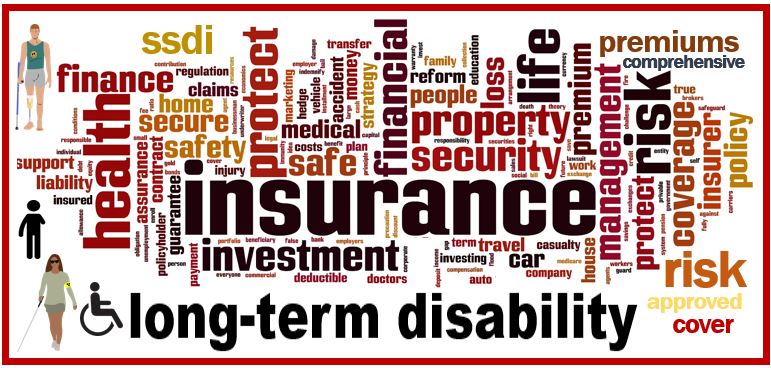There are many misconceptions about government-provided disability services, including SSI and SSDI. In particular, many non-disabled individuals believe that it is easy to enroll in these programs, as well as that they provide sufficient financial support. In reality, however, neither is true.
It can take several years to be approved for disability payments, and when they are approved, they are generally quite meager. That’s why many of those who are concerned about serious illness or injury should consider a long-term disability insurance policy.

Disability Programs: Understanding The Differences
There are several different programs designed to help people who are unable to work or can only work to a limited capacity due to disability. These include the government programs, SSI and SSDI, as well as private insurance programs. In order to qualify for government programs, however, there are a variety of complicated rules.
Specifically, SSDI coverage is predicated on prior work experience; you must have accumulated a certain number of work credits based on earnings in order to qualify. SSI, on the other hand, does not require applicants to have worked previously, but the average benefits are even lower – less than half of SSDI benefits – and applicants can only have a maximum of $2,000 in assets as an individual, or $3,000 for a married couple.
It’s important to note that most disabled individuals married to a non-disabled person, or even married at all, do not qualify for SSI because they earn too much money or have too many assets. It is, however, possible, to receive benefits from both programs if you have both limited assets and sufficient work history.
Disability Insurance: The Private Option
Like SSDI, private long-term disability insurance is designed for those with a previous work history who are not fully or entirely unable to work for an extended period. Unlike this program, however, you have to plan in advance if you hope to have access to long-term disability insurance, by investing in a policy while you’re still working. But, the good news is that, if you choose to purchase a long-term disability policy, the benefits are generally higher, covering about 60-80% of your pre-disability income, and they are easier to qualify for.
Timelines and Payments
Unlike applications for government disability payments, which can take months and often years to be processed and approved, long-term disability insurance plans typically have a shorter exclusion period, though some have waiting times of up to a year. They also may only pay out for a limited amount of time, though the sum is still likely to be greater than it would be if you received SSDI payments over the long-term.
In addition to receiving private disability payments, you can also receive SSDI and will continue receiving it even if your private payments are capped, which can help you develop a nest egg to support yourself in your new circumstances. You can also receive state payments and worker’s compensation payments, though it’s important to carefully review your policy, however, because it may include an offset clause allowing your insurance company to deduct other income sources income from the total they pay to you.
The Partial Disability Benefit
One additional advantage that private disability insurance has over government programs is that you can still collect some benefits if you are working but not able to perform the same job or work as much, leading to a decrease in income. Known as partial disability, this status does not exist in federal programs, which only provide benefits to individuals who cannot work at all.
Many people are hesitant to invest in long-term disability insurance because it can be somewhat expensive, and they don’t know that they will necessary benefit from it, but if you’re making a sufficient amount of money, it’s a cost worth budgeting for. The fact is, no one can predict their future health and abilities, but long-term disability insurance offers an added layer of support should you find yourself sidelined from the workforce.

